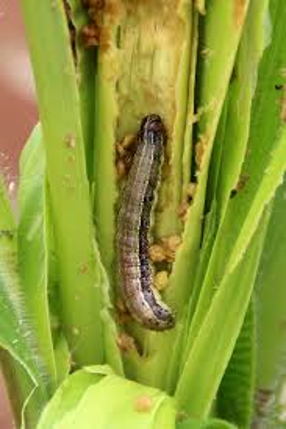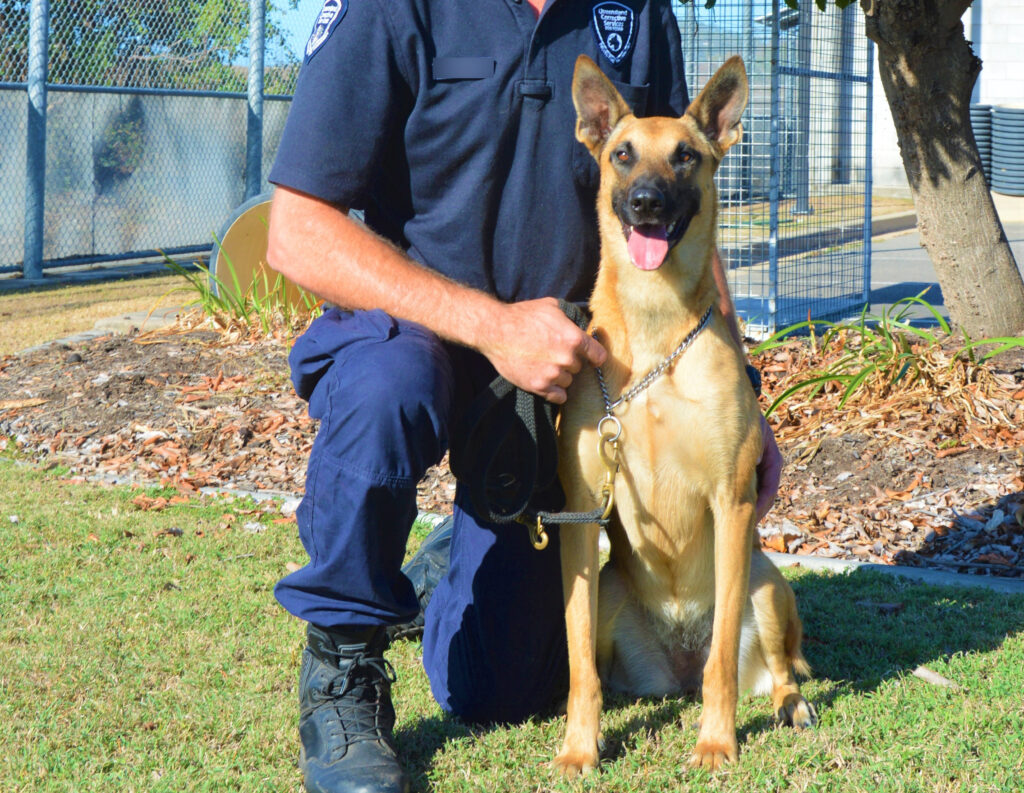
Central Queensland grain growers are urged to be vigilant about monitoring crops for fall armyworm following the recent detection of the invasive moth pest as far south as Bundaberg.
Department of Agriculture and Fisheries (DAF) Principal Entomologist, Melina Miles, said fall armyworm (Spodoptera frugiperda) was initially detected in the Gulf of Carpentaria in January and had now been found in the Northern Territory, Western Australia and as far south as the Wide Bay Burnett region of Queensland.
Despite fall armyworm being considered a highly destructive pest overseas – known to feed on more than 350 plant species causing significant economic losses – Dr Miles said the Australian grains industry was well positioned to respond effectively.
“In North America, autumn is a key time for fall armyworm to migrate. Adults are highly mobile and quite capable of travelling large distances quickly,” she said.
“Their migration rate is remarkably fast, estimated at up to 500 kilometres during this period of migration. Whether we will see the same pattern of annual, long-distance migration from the tropics south remains to be seen.
“However, I believe the impact of them in winter or early sown spring crops will be limited by the cooling conditions in southerly regions, but I could be wrong.”
But Dr Miles said the key to effective management would be regular monitoring, and she is urging growers with cereal crops in the ground to be alert to the arrival of the pest.
“Fall armyworm has been devastating in overseas farming systems when it was not detected early and where options for control were unavailable,” Dr Miles said.
“But the Australian grains industry is already regularly monitoring and insecticide permits are now in place for the majority of grain crops for fall armyworm management.
“Vigilance is the key from here and that means regularly checking for early signs of pest activity and crop damage and importantly the correct identification of fall armyworm caterpillars.
“Identification is an area in which growers and agronomists will need support, as there are already many native Spodoptera species in Australia, but there are some to help.”

Grains Research and Development Corporation (GRDC) Manager Biosecurity, Jeevan Khurana said the GRDC was working closely with industry partners to characterise the pest, estimate potential impacts and develop management options, as well as identify and prioritise research, development and extension gaps.
“The GRDC has now collated information resources on fall armyworm, including an overview of emergency use permits on the ,” Dr Khurana said.
To date in Australia infestations of the pest have been identified in sweet corn, maize and sorghum.
“Based on the overseas experience, we are expecting fall armyworm to favour these crops, but it is also a broadleaf as well as a grass pest, so we will have to watch and check how it responds to Australian conditions,” Dr Miles said.
“At the moment we believe much of the damage caused by this pest is likely to happen in the vegetative stage of crop development, which, depending on pest densities, may have minimal impact on final yield or quality.
“When determining what action to take, we need to keep this in mind, as well as recognise that fall armyworm has developed resistance to chemical controls in overseas countries and we need to minimise the risk of that happening here.”
Dr Miles said accurate identification of the pest, as well as rational assessment of crop damage, would be critical in terms of determining when an insecticide was required.
She said collections of fall armyworm larvae from the Burdekin and Atherton regions had already shown the presence of fungal disease, and a number of natural enemies parasitising the fall armyworm larvae.
Dr Miles said it was also highly likely that there will be predators and egg parasitoids attacking fall armyworm.







